Who's Who In Hort
The horticulturists of the Cincinnati’s Men Horticulture Society were the first to put their mark on the land and on the selection of exceptional varieties of plants that we still find in The Grove today. The current staff has just as many crucial decisions to make regarding the beauty of Spring Grove Arboretum and its rich horticulture heritage. The current horticulture background of our staff is still strong and our staff’s enthusiasm can be matched only by Robert Buchanan and Adolph Strauch themselves.
Robert Buchanan (1797 - 1879)
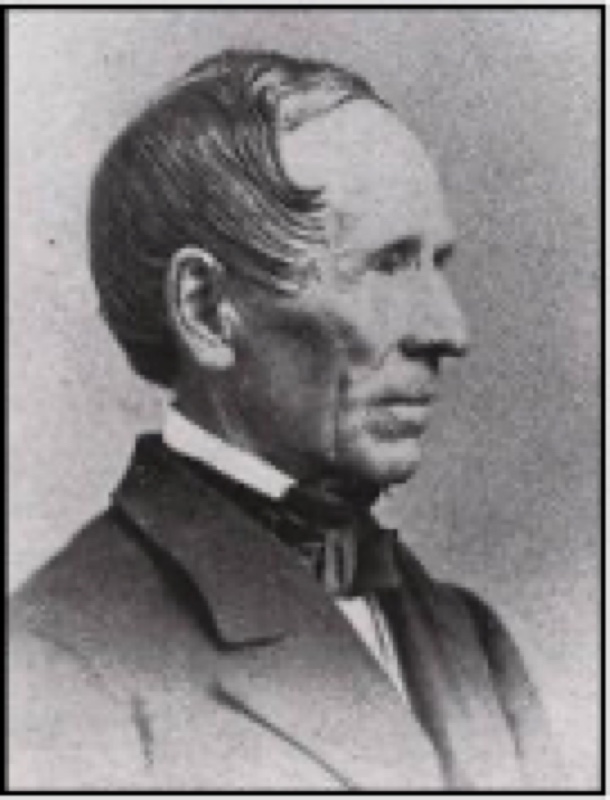
Spring Grove Cemetery President (1845 - 1879)
Robert Buchanan was the driving force behind both the Cincinnati Horticulture Society and the founding of Spring Grove Cemetery. Born of Scotch parents in the woods of rural Westmoreland County, Pennsylvania, and after a rudimentary education, he went to nearby Pittsburgh at age fourteen to be apprenticed in a wholesale store for five years. He moved to Cincinnati in 1817, becoming a very successful businessman, prominent civic leader, and mayor of the "Queen City." Buchanan helped form the Cincinnati Horticultural Society and served as its first president. On April 13, 1844, Buchanan convened a meeting at his home to investigate a "movement for the procuring of grounds for a rural or Public Cemetery." At the first formal corporation meeting on February 8, 1845, Buchanan was elected the first president of Spring Grove Cemetery.
Adolph Strauch (1822-1883)
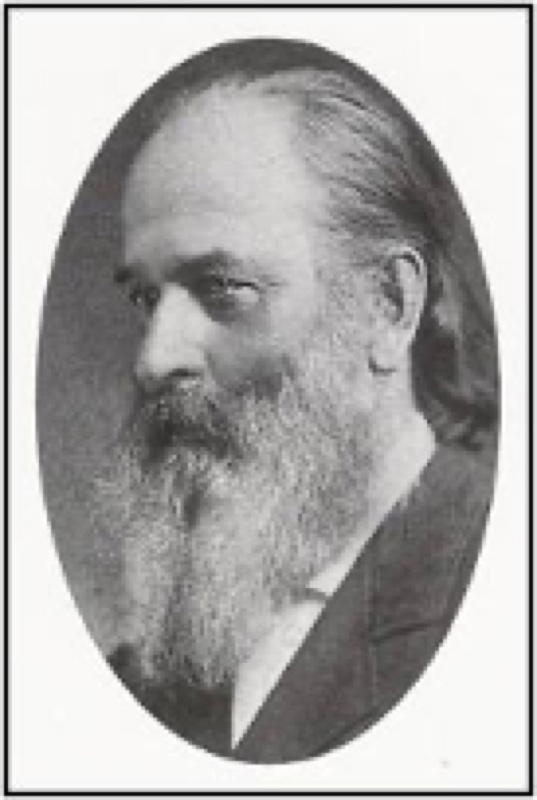
Spring Grove Cemetery Landscape Gardener and Superintendent (1854-1883)
Adolph Strauch was born in Eckersdorf in the Prussian province of Silesia where his father managed a model farm. After an education in botany, he began his career in landscape gardening in 1838 with an appointment in the Imperial Gardens in Vienna, where he developed a friendship with Prince Hermann Fürst von Pückler-Muskau, the "great European park reformer," who influenced Strauch in his development of a taste for magnificent pastoral spaces and spatial sequences along clearly defined sightlines. He preferred the "beautiful" to the "picturesque," well-groomed expanses of lawn carefully framed by masses of trees and shrubs rather than overgrown, woodsy landscape. Strauch learned from Pückler that "the indispensable foundation for the building of a park or landscape" is to "develop a controlling scheme" and then to carry it out with consistency.
Strauch worked for the summer in Ghent and in Paris until the 1848 Revolution, then found employment in London's Royal Botanical Gardens at Regent's Park until 1851. There, the multilingual Strauch also busied himself guiding foreign visitors to the Crystal Place Exhibition through the Royal Gardens where he met Cincinnatian Robert Bowler. In 1854, Strauch became Spring Grove Cemetery's Landscape Gardener with full authority to implement his "landscape lawn plan." For his first three years, Strauch served under Superintendent Dennis Delaney. Superintendent for a quarter-century until his death in 1883, Strauch made Spring Grove one of the nation's finest cemeteries. A week before he died, he completed designs for the first African American cemetery in Ohio, leaving an inspiring legacy to cemetery directors and other landscape designers.
Henry Probasco (1820-1902)
Spring Grove Cemetery President (1879 -1902)
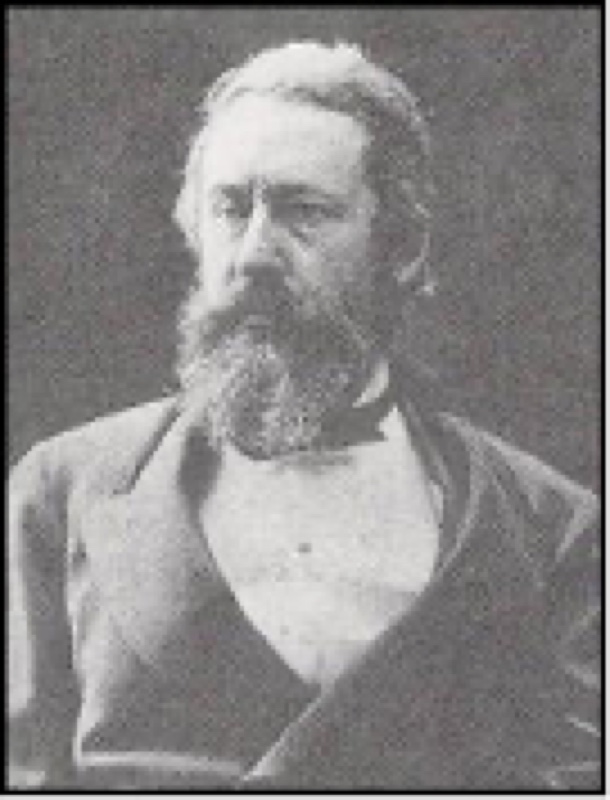
Henry Probasco led Spring Grove into a new phase of its development. Probasco arrived in the "Queen City" in 1835 from Newtown, Connecticut. At the age of fifteen, he entered Tyler Davidson Hardware Company. From the job as a clerk, he rose to become a partner in 1840. With his own fortune assured at age forty-six, Probasco retired to devote himself to travel and local cultural concerns like the Horticultural Society and Spring Grove Cemetery. As an avid horticulturist, Probasco had long been active in developing the Cemetery and in supporting Strauch's work. As a Spring Grove director, he aggressively promoted the expansion of Cemetery acreage which he considered a legacy for the future. Probasco, like Buchanan, had proven as influential in determining Cemetery development as its landscape gardeners, architects, engineers, and superintendents. As adept horticulturists and renaissance men, both supplemented, equaled, and sometimes even superseded the design and management of Strauch and Salway. That pattern ended with the death of Probasco in 1902, after twenty-three years in office.
William Salway (1841-1925)
Spring Grove Cemetery Superintendent (1883-1925)
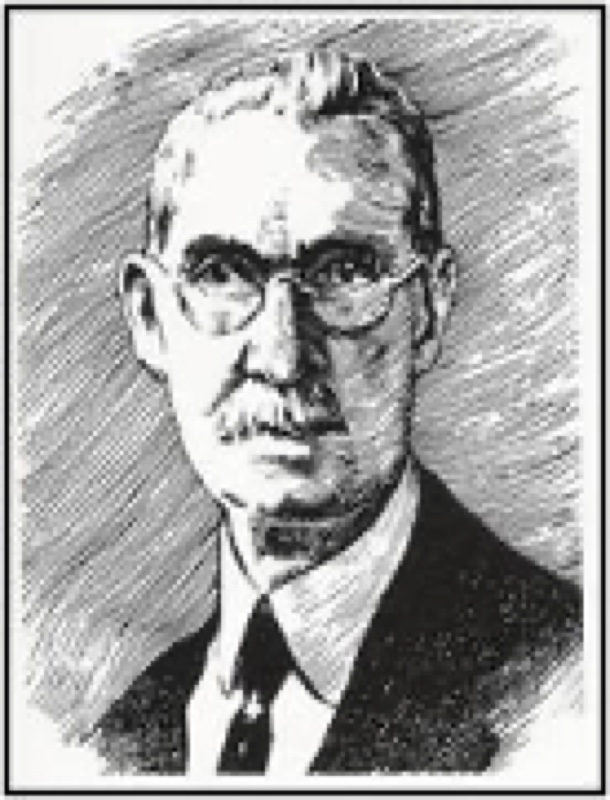
William Salway, born in Southleigh, Devonshire, had worked on gardens near Bath with Robert Ellis, a major landscape gardener while studying engineering. In 1867, invited to work on Charles Butler's estate in Westchester County, New York, he immigrated to America. In 1869, Salway became Superintendent of Hartford's Cedar Hill Cemetery designed in 1863 by Jacob Weidenmann following Strauch's "landscape lawn" plan.
The death of Strauch in 1883 sent Spring Grove President Henry Probasco east in search of a landscape gardener with similar skills. At Cedar Hill Cemetery in Harford, Connecticut, Probasco found Salway, the "gentleman from Devon," England. After much persuasion, Probasco convinced Salway to move to Cincinnati. Spring Grove retained its acclaim as one of the "show" cemeteries of the world during Salway's forty-three years as Superintendent. He had done more than layout additional avenues and sections in a fashion harmonious with Strauch's landscape lawn plan, about half of the grounds finished to that date. Salway had helped bring it and other cemeteries into the modern era and won a national reputation equal to that of Strauch before him.
Clifford R. Runyan (1892-1955)
Spring Grove Superintendent (1926-1955)
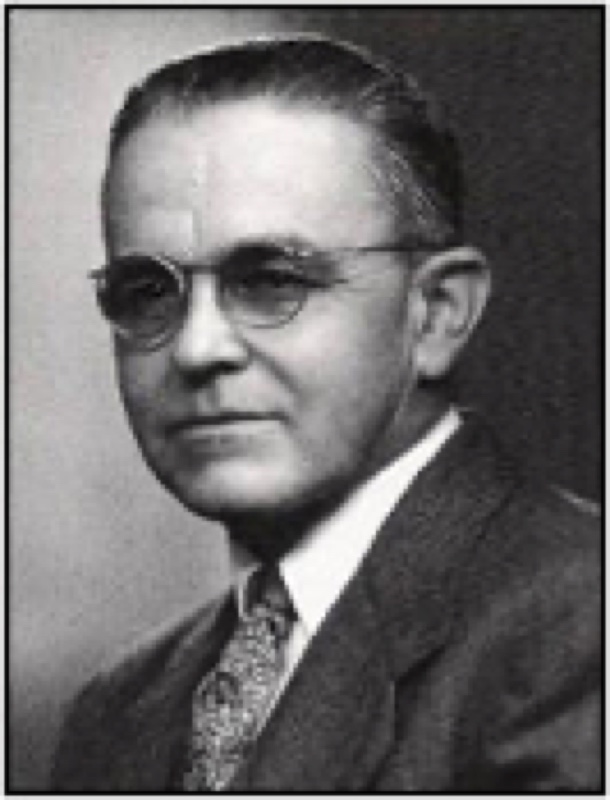
Clifford R. Runyan received the first degree awarded in landscape architecture from the Ohio State University Agricultural College in 1915. He was active in the Horticultural Society with a special interest in ornamentals. As a commissioned Air Corps officer in World War I, he acquired practical engineering experience. In 1920, he became the Assistant Superintendent for Spring Grove under William Salway, then succeeded him in 1926 and held the position for nearly thirty years.
Runyan taught at the very first Short Course in Columbus in January 1931. He was known nationally, hosting renown horticulturists, such as William H. Judd at Spring Grove.
Runyan taught horticulture courses at the University of Cincinnati using Spring Grove as a laboratory as he diversified its specimen plants. He often asked, "Where but in a cemetery is there sufficient time to allow this plant to attain its full potential?" A member of the Grass Research Committee of the American Cemetery Association and a director of the Board of the Midwest Turf Research Foundation at Purdue, he experimented. He was the first in Ohio to cultivate Meyer Zoysia, a hybrid grass developed by United States Department of Agriculture researcher Frank N. Meyer from the Zoysia japonica he imported in 1906. Runyan bred the "miracle" grass that thrived in poor soil, survived drought, resisted insects and disease, crowds out weeds, and required less mowing than other grasses, thus helping disseminate it through the suburbs in the 1950's.
Runyan hybridized Taxus x media, a plant considered the backbone of the nursery industry in its day, developing the Runyan cultivar from at least eight different prototypes. His introduction maintains a low mounded spreading habit and can be seen on the grounds at Spring Grove.
S. Clyde Gordon (1907-1989)
Spring Grove Cemetery Superintendent (1955-1967)
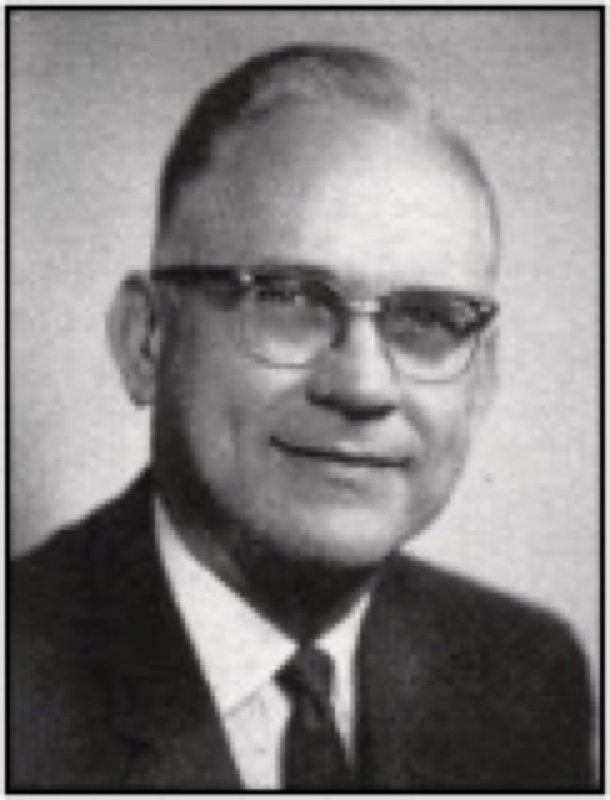
In 1955, the Board named S. Clyde Gordon Superintendent. Gordon had served as Assistant Superintendent since 1932. With a degree in ornamental horticulture from Ohio State, Gordon served on the Greater Cincinnati Tree Council, the Cincinnati Rose Society, and as American Cemetery Association President. He also lectured on horticulture at the University of Cincinnati Evening College
Gordon served as President of the Ohio Chapter of the National Shade Tree Conference, the forerunner of today’s International Society of Arboriculture in 1960
Tom Smith - Executive Vice President (1972-2012)
Spring Grove Cemetery Vice President of Operations (1987-2012)

Thomas L. Smith, Executive Vice President of Spring Grove Cemetery and Arboretum, joined the organization in 1972 as Assistant Horticulturist and later served as Horticulturist and Vice President of Operations. He was elected to his present position in 1987.
Smith holds a 1970 master's degree from Yale University in Forest Science. He is a native Cincinnatian, attended Walnut Hills High School and in 1968 earned a Bachelor of Science in Botany from the University of Cincinnati.
Since 1973, Smith has taught horticulture courses at the University of Cincinnati College of Evening and Continuing Education, Northern Kentucky University, and Cincinnati State Technical and Community College.
He is listed in "Who's Who in Frontier Science and Technology" with specialties in plant growth and urban forest resource management.
Active in professional organizations in the Greater Cincinnati community, Smith holds memberships and offices in many groups. He is a member of the International Cemetery and Funeral Association, the Ohio Association of Cemeteries, and Ohio Cemetery Superintendents and Officials, and also served on the Green Industry Exposition Board of Directors. He has volunteered for more than 20 years as an advisor to the Ohio State Cooperative Extension Service. He served as president of the National Professional Grounds Management Society. He was also a member of the Greater Cincinnati Professional Grounds Management Society, the Ohio Forestry Association, and the Ohio Nursery Landscape Association. He has served on the Board of Directors of the Urban Forestry Department of the City of Cincinnati and is a past board member of the Civic Garden Center of Greater Cincinnati. He played a large role in developing the landscape architecture program at the University of Cincinnati. He has also been active in the Cincinnati Youth Collaborative and the Mentoring Program.
In July 1997, Smith achieved approval from the Ohio Board of Regents for a Bachelor of Science Degree in Horticulture for the College of Evening and Continuing Education at the University of Cincinnati.
In November 1999, Smith was awarded the Professional Grounds Management Society's highest honor, Gold Medal Award.
In December 2012, Thomas L. Smith retired after forty years of service to the Spring Grove Cemetery and Arboretum.